
-
Find the right food for your petTake this quiz to see which food may be the best for your furry friend.Find the right food for your petTake this quiz to see which food may be the best for your furry friend.Featured products
 Adult Chicken & Barley Recipe Dog Food
Adult Chicken & Barley Recipe Dog FoodSupports lean muscle and beautiful coat for adult dogs
Shop Now Puppy Large Breed Chicken & Brown Rice Recipe
Puppy Large Breed Chicken & Brown Rice RecipeVital nutrients to support 5 essential building blocks for lifelong health
Shop Now Puppy Sensitive Stomach & Skin Salmon & Brown Rice Recipe
Puppy Sensitive Stomach & Skin Salmon & Brown Rice RecipeDelicious, highly digestible recipe, gentle on stomachs. Nourishes skin & promotes a lustrous coat
Shop NowFeatured products Adult Urinary Hairball Control Chicken & Rice Recipe Cat Food
Adult Urinary Hairball Control Chicken & Rice Recipe Cat FoodActively supports the health of the whole urinary system
Shop Now Adult 7+ Chicken Recipe Cat Food
Adult 7+ Chicken Recipe Cat FoodSupports energy level and beautiful fur in mature cats
Shop Now Kitten Chicken Recipe
Kitten Chicken RecipeVital nutrients to support 5 essential building blocks for lifelong health
Shop Now -
Dog
- Dog Tips & Articles
-
Health Category
- Weight
- Food & Environmental Sensitivities
- Urinary
- Digestive
- Joint
- Kidney
-
Life Stage
- Puppy Nutrition
- Adult Nutrition
- Senior Nutrition
Cat- Cat Tips & Articles
-
Health Category
- Weight
- Skin & Food Sensitivities
- Urinary
- Digestive
- Kidney
-
Life Stage
- Kitten Nutrition
- Adult Nutrition
Featured articles Pet Food Storage Tips
Pet Food Storage TipsDiscover how and where to store your dry, as well as canned, dog and cat food. Learn how to find the "best before" dates on all Hill's pet food packaging.
Read More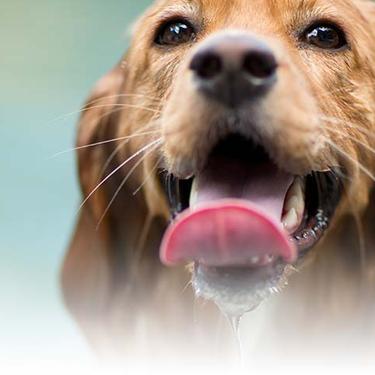 Water
WaterDiscover why water is the most important nutrient for your dog or cat to live a healthy life. Find out how much water your pet should consume each day.
Read More The Incredible Science Behind Your Pet's Microbiome
The Incredible Science Behind Your Pet's MicrobiomeLearn what a pet's microbiome is, how it contributes to your pet's gut & overall health, and why nutrition is important in maintaining healthy microbiomes.
Read More -


As puppies learn how to walk and play and pick up other puppy behaviors, they're also learning how to talk. Although puppies and dogs don't use words, they communicate what they're thinking and feeling through body language and other expressive behaviors. Understanding puppy body language will make it easier to communicate with your pup.
How to Read Your Puppy's Body Language
You might laugh or coo over your puppy's facial expressions, but their expressiveness goes far beyond the look on their furry face. From eyes to tail, pups use their entire bodies to communicate, says The Spruce Pets.
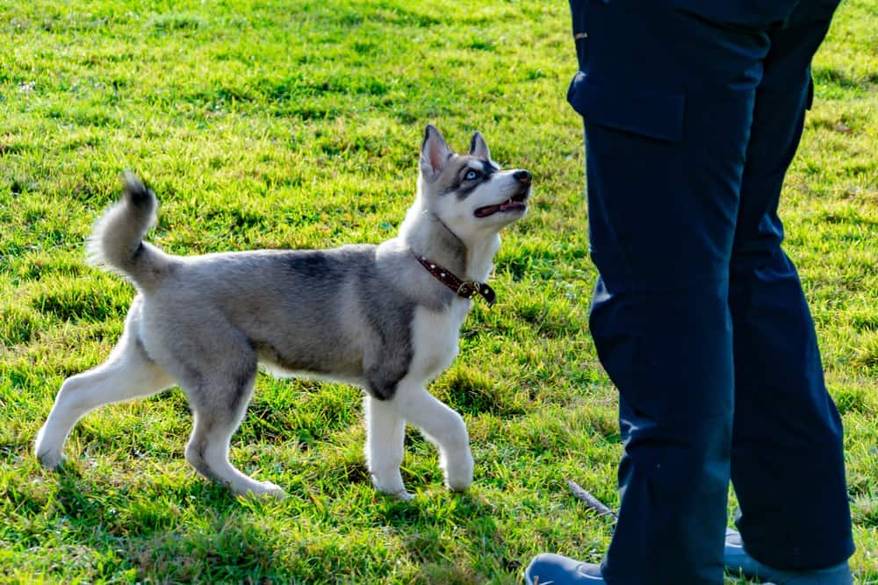
Eyes: Squinting and droopy lids indicate happiness or pleasure, especially during an enjoyable activity like being petted. Wide-open eyes show alertness. Averting the gaze and avoiding eye contact signals submission or stress, while staring is a challenge and a sign that your pup is asserting dominance. Pay close attention to the pupils, too. The pupils of an aggressive pup dilate when they're about to attack.
Ears: While the size and shape of the ears can influence how easy ear language is to see and understand, the ears of pup on high alert are erect and face forward. Ears flat against the back of their head is a sign of fear or submission.
Mouth: A partially open mouth with a lolling tongue indicates a happy and relaxed puppy. Licking, or flicking the tongue as if to lick, shows appeasement. A puppy who grabs or nips at another dog's mouth or muzzle is trying to assert dominance. These gestures are pretty easy to read, but what's less clear is when a puppy exposes their teeth. Lips pulled upward to expose the canines is a sign of dominance and aggression, whereas lips pulled apart in a friendly grin is a sign of submission.
Posture: The way your pup carries themself speaks volumes. Confident dogs, and those asserting dominance, walk tall and hold themselves erect. Other dominant postures include bumping, pushing, leaning and looming over other dogs or individuals. Puppies who feel less secure will try to make themselves appear smaller by flattening the ears, lowering the head and tucking in the tail. Holding up a placating paw and rolling over to expose the tummy are also signs of submission or comfort with you.
Fur: Even your pup's fur can tell you their state of mind. Whether fearful or aggressive, a dog on high alert will raise their hackles (the fur along their spine will stand on end).
Tail: You might think a wagging tail signals happiness and friendliness. But depending on other types of body language, a tail wag could indicate other moods, says The Spruce Pets. If your pup's hind end or entire body is wiggling, this is indeed a sign they are excited and happy to see you. However, a slower wag could express uncertainty and hesitation, while a tail that's held high and wagging quickly but in a narrow arc signals fear or aggression.


Tasty Tips
How Puppy Behavior Changes As He Grows
Certain types of puppy behavior also correspond to his current developmental stage.
Teething: When puppies nip and gnaw around three weeks of age, that's a sign that their puppy teeth are growing. Intense gnawing and chewing, coupled with increased aggression, at around three to six months means adult teeth are coming in, says Cuteness. This is a good time to get your pup a chew toy and place shoes and other valuable items out of reach.
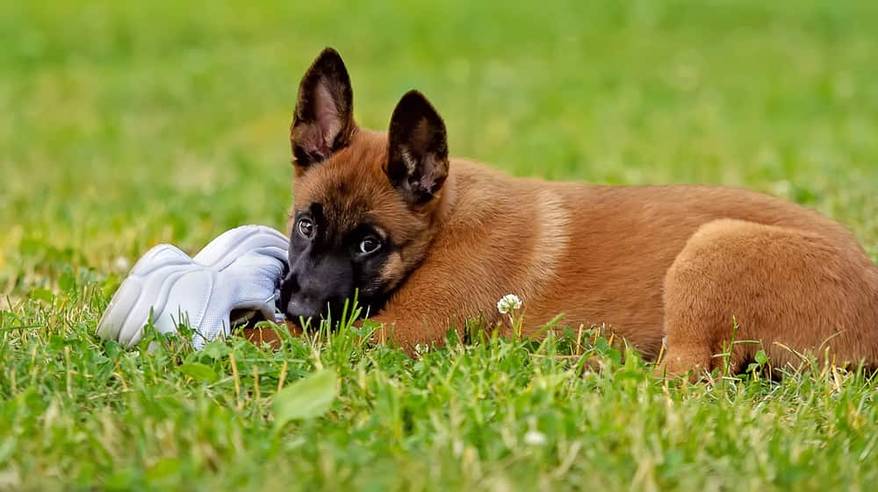
Socialization: At around four weeks of age, puppies exhibit bravery and curiosity as they venture farther away from their mother and littermates to explore. This is a good time to socialize them by exposing them to new people, pets and experiences.
Adolescence: Around 12 weeks of age, expect your pup to try to assert dominance and push established boundaries as they figure out their place in the household. This is a time to be firm, but also to provide plenty of reassurance. By six months of age, your pup should feel more secure about their place in the family and settle into their role.
Sexual Maturity: Although it can vary slightly from breed to breed, puppies generally hit their version of puberty at around six months. Females exhibit physical symptoms similar to human menstruation. Male pups at this stage may mark their territory, attempt to roam away from home and mount just about anything in their path, says the American Kennel Club. Spaying or neutering your pup is the best way to avoid unwanted pregnancy and reduce unwanted behaviors.
Recognizing the meaning behind certain puppy behavior and learning to read puppy body language are important skills for any dog parent. These skills will not only help you bond with your puppy, but they'll also help you attend better to your pup's emotional needs so he can grow into an emotionally well-adjusted dog.


Jean Marie Bauhaus is a pet parent, pet blogger, and novelist from Tulsa, Oklahoma, where she usually writes under the supervision of a lapful of fur babies.
Related products

Delicious, highly digestible recipe, gentle on stomachs. Nourishes skin & promotes a lustrous coat

Supports lean muscle and beautiful coat for adult dogs

Supports healthy joints, lean muscle, and beautiful coat for large breed dogs

Vital nutrients to support 5 essential building blocks for lifelong health
Related articles
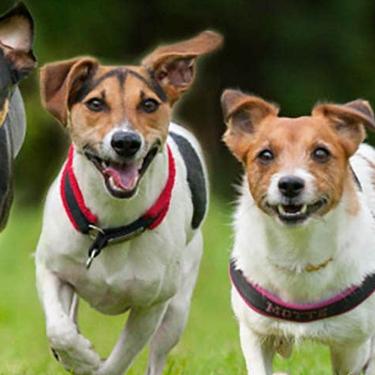
Learn about Hill's puppy food and the nutritional benefit & high quality ingredients that it contains for your pup.
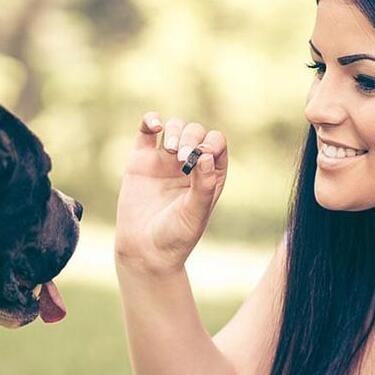
Proper nutrition for your pregnant or nursing dog is vital to her and her puppy's health. Learn what you should do provide her with the proper nutrients.

Large and giant breed puppies have different nutritional needs than other dogs. Learn how to provide the special care they need to grow up big and strong.

Understand the role that Omega-6 and Omega-3 fatty acids play in your dog's overall health, and how you can ensure they are getting enough.
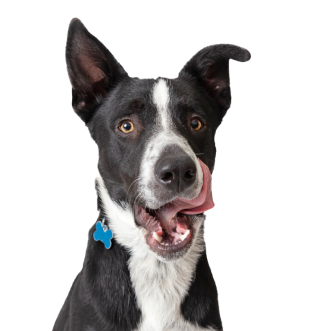
Put your dog on a diet without them knowing
Our low calorie formula helps you control your dog's weight. It's packed with high-quality protein for building lean muscles, and made with purposeful ingredients for a flavorful, nutritious meal. Clinically proven antioxidants, Vitamin C+E, help promote a healthy immune system.
Put your dog on a diet without them knowing
Our low calorie formula helps you control your dog's weight. It's packed with high-quality protein for building lean muscles, and made with purposeful ingredients for a flavorful, nutritious meal. Clinically proven antioxidants, Vitamin C+E, help promote a healthy immune system.

